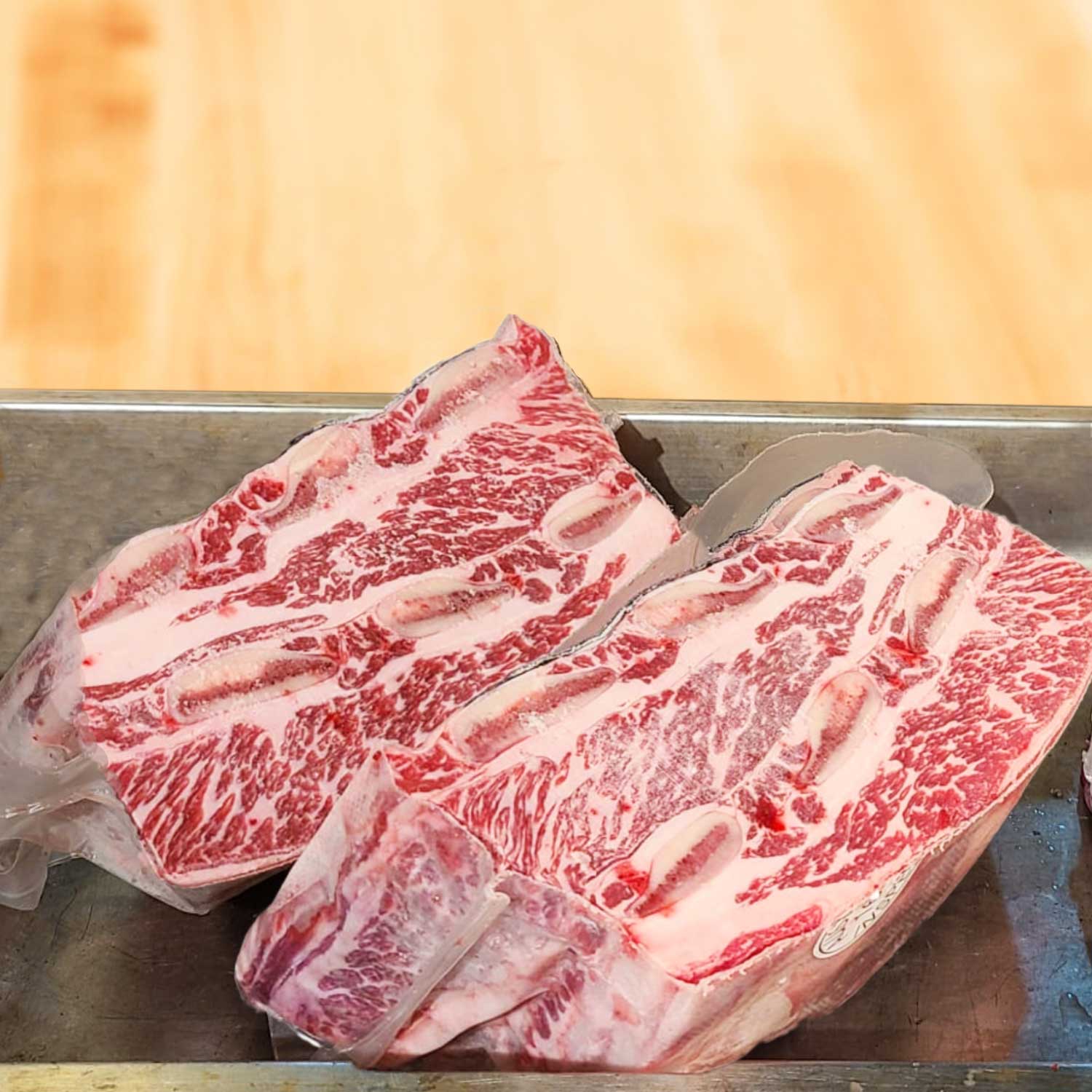Understanding the Demand for Grassfed Beef in Hong Kong and China
The Rise of Health-Conscious Consumers
Hong Kong and China are seeing a surge in health-aware eaters. More people want simple, clean food. They are choosing grassfed beef for its health perks. It has higher omega-3s and fewer bad fats. This smart choice is part of a global health trend. It's reshaping the local demand for quality meat. As a result, grassfed rib eye steak has become popular. It meets the wish for tasty, yet healthy, options. This shift is key for beef sales in these markets.

Influence of Western Dietary Trends on Asian Markets
In Hong Kong and China, tastes are changing. Western food trends are making a mark. People now want more grassfed beef, like rib eye steak. Healthy eating is the new wave. Steakhouse styles from the West are in demand. These changes affect the beef market. Hong Kong, with its global touch, leads this shift. In China’s big cities, steaks are now chic. The grassfed beef for sale is more than a niche. It’s part of a new diet trend. This means more chances for beef sellers. They must understand this Western trend. It’s key for growth in the beef market.
Impact of Import Regulations on Beef Consumption
Import rules shape beef markets. Hong Kong and China have strict beef import laws. These impact what people can buy. Grassfed beef must meet these rules. This can limit supply and raise prices. Yet, it makes sure quality and safety are high. This affects how much grassfed beef people in these places eat. So, knowing these laws helps sellers plan better. It's key to meet demand for grassfed beef and rib eye steak.
Key Factors Driving the Grassfed Beef Industry in Hong Kong and China
The Role of Trade Agreements and International Markets
Trade deals play a key part in the grassfed beef market in Hong Kong and China. They help the flow of goods between countries. This makes it easier for beef to enter these regions. The deals also set rules that shape how this industry grows. Local farmers can gain from the global demand. This is due to easier access to new markets. But they must meet the standards set in the agreements. These standards can be on quality or food safety. As the need for grassfed rib eye steak rises, so does the importance of these deals. In short, trade deals are like bridges. They link Hong Kong and China's beef markets with the rest of the world.
The Push for Organic and Sustainable Farming Practices
Organic and eco-friendly trends are reshaping food markets. In Hong Kong and China, such trends are driving the grassfed beef industry. Consumers now demand beef that is not only tasty but also healthier and kinder to the planet. This push has led to more farms adopting sustainable practices. They avoid hormones and antibiotics that harm both cattle and the environment. The result is higher-quality beef that appeals to modern customers. Such practices also meet global organic standards, opening up export opportunities. As more Chinese consumers become aware of these benefits, demand for organic, grassfed beef grows. This trend seems to be here to stay.
Market Segmentation: Catering to Different Customer Needs
The grassfed beef market in Hong Kong and China is seeing growth. This is due to a shift in consumer needs. Customers now look for quality, health, and taste. To meet this demand, sellers are offering different types of beef. This includes grassfed rib eye steak, known for its rich flavor. They also provide beef in various cuts and sizes. This helps to meet the needs of different buyers. Families, restaurants, and health enthusiasts all have unique requirements. Each group may prefer different cuts or quality grades. By segmenting the market, sellers can better meet these diverse needs. They can offer specific products to those who seek grassfed beef for its benefits. This focus on customer needs helps drive the industry forward in Hong Kong and China.
Navigating Challenges and Opportunities in the Grassfed Beef Market
Addressing the Supply Chain Complexities
Tackling supply chain issues is key for grassfed beef sales. Efficient logistics are essential to keep the meat fresh. Suppliers must ensure timely delivery to meet market demands. Building strong partnerships with local farmers is important. This helps manage supply and demand for rib eye steaks. The goal is to have a steady flow of quality beef to sell. It's about finding balance in storage, transportation, and sales. Overcoming these hurdles can boost the market in Hong Kong and China.
Strategies for Marketing and Positioning in a Competitive Landscape
To stand out in the crowded grassfed beef market, firms need smart strategies. Here's a list:
- Highlight health benefits: Make clear the nutritional perks of grassfed beef.
- Use clear labels: Show customers the 'grassfed' and 'organic' tags.
- Offer taste tests: Let customers savor the quality of grassfed rib eye steaks.
- Educate consumers: Share info on sustainable farming and animal welfare.
- Build online presence: Use social media to connect with young, health-conscious buyers.
- Collaborate with chefs: Have professionals endorse the superior taste and quality.
- Tailor for local tastes: Offer cuts and flavors that match local culinary traditions.
Adopting these tactics can help businesses thrive in Hong Kong and China’s beef market.
Forecasting the Future of Grassfed Beef and Rib Eye Steak in Hong Kong and China
The future of grassfed beef and rib eye steak in Hong Kong and China looks promising. Health trends and the role of digital marketing are key. Consumers will likely demand more quality and traceability in their beef. This could lead to tighter standards and certifications for grassfed products. As incomes rise, so may imports of premium beef cuts like rib eye. Yet, challenges in supply chains and competition remain. To stay ahead, sellers must innovate and adapt quickly. Keeping an eye on global beef markets is also essential. They can give clues to future trends in local demand.

















